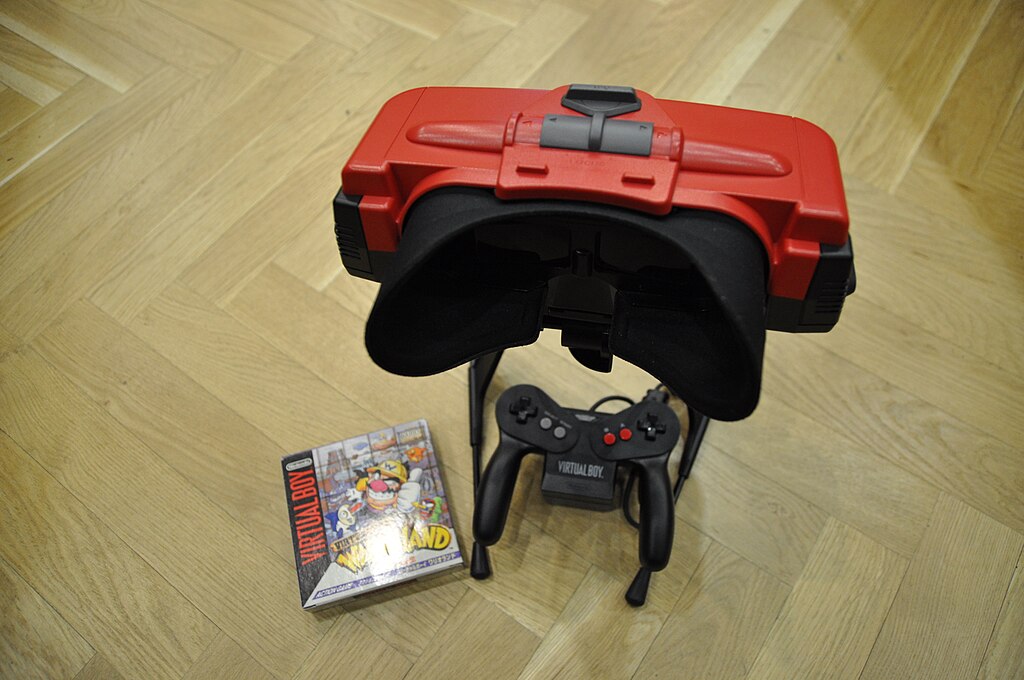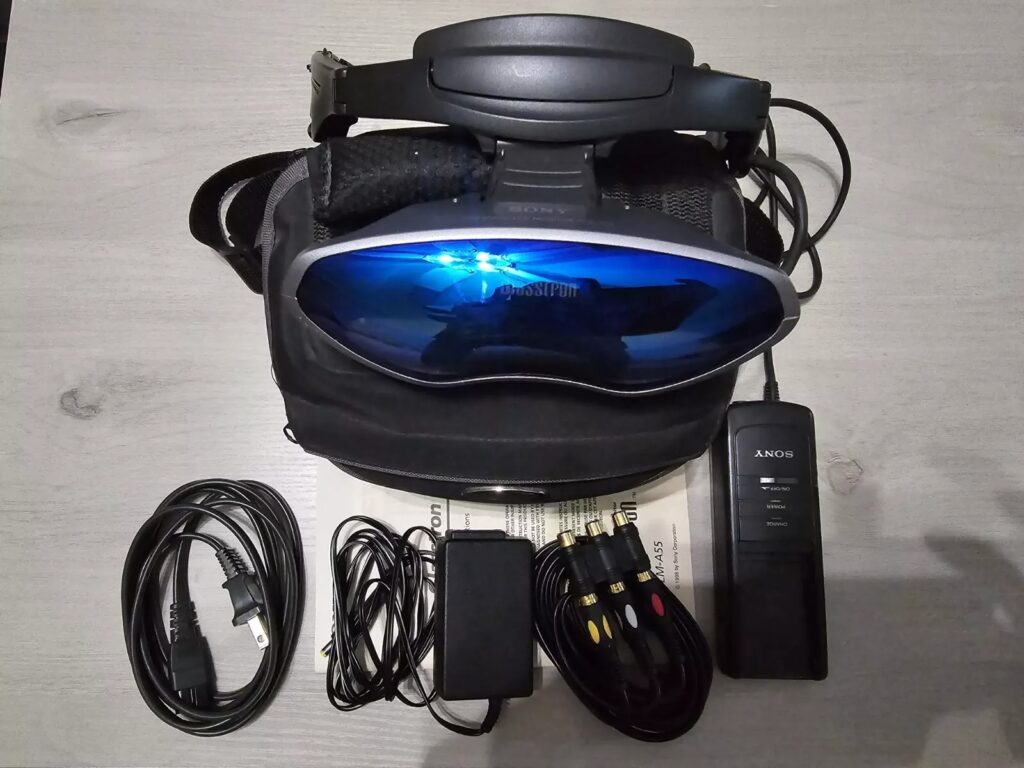Strange 1990s Tech Products That Were Supposed To Be The Future
- Jennifer Still
- May 21, 2025
 Getty Images
Getty ImagesThe 1990s were certainly bursting with optimism about the digital age.
The internet was going mainstream, mobile phones were starting to look less like bricks, and personal computers were quickly becoming household staples. This was a time when everyone seemed to believe the future was just around the corner, and companies were eager to cash in on the buzz. But for every invention that changed the world, there were plenty that just didn’t make it. Some were too ambitious, others too expensive, and a few were just plain weird. Here are some of the strangest tech products from the 1990s that were supposed to lead the charge into the future but ended up as fascinating failures.
1. Apple Newton
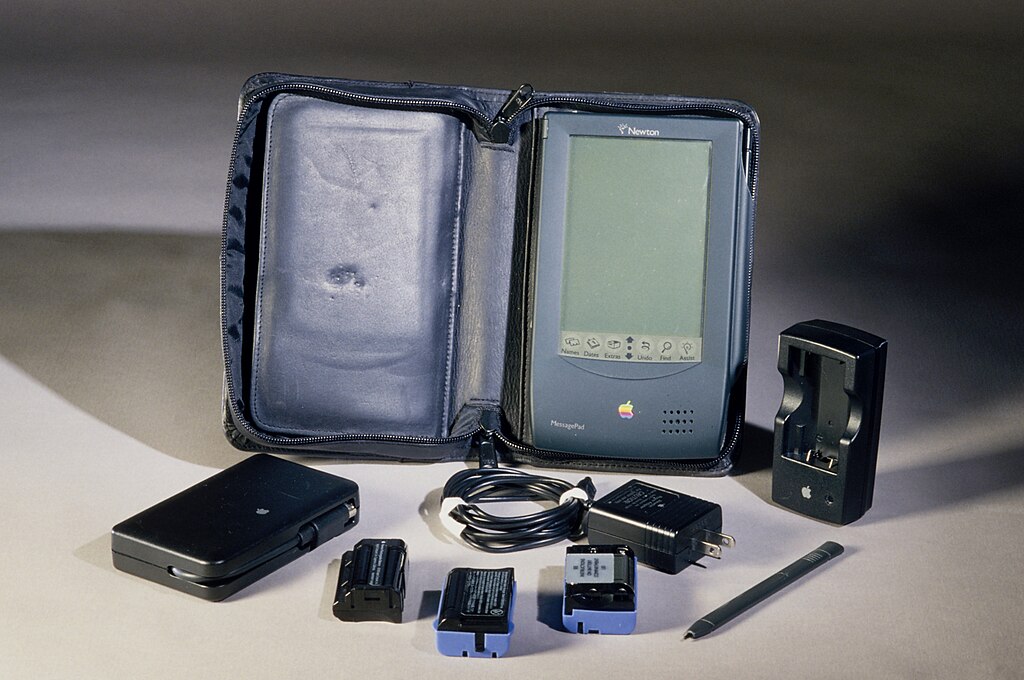 National Museum of American History, CC0
National Museum of American History, CC0 The Newton was Apple’s bold leap into the world of handheld computing. Launched in 1993, it was one of the first personal digital assistants (PDAs), offering note-taking, calendars, and wireless messaging all in one device. It also featured handwriting recognition—at least in theory.
In practice, the handwriting feature was notoriously unreliable. It got so much flak that it ended up as the punchline in a Doonesbury cartoon, and even on The Simpsons. The device was ahead of its time but undercooked in execution. Still, the Newton paved the way for future innovations like the iPhone and iPad. It wasn’t a success in its own right, but it was a crucial part of Apple’s learning curve.
2. CueCat
 Jerry Whiting, CC BY-SA 3.0, via Wikimedia Commons
Jerry Whiting, CC BY-SA 3.0, via Wikimedia Commons Possibly one of the oddest gadgets of the decade, the CueCat was a barcode scanner shaped like a cat. Released in 1999, it was supposed to help bridge the gap between print and the internet. Users could scan special barcodes in magazines or newspapers, and the CueCat would open a related webpage on their computer.
It seemed like a novel idea at the time, but it came with big flaws. It was clunky, unnecessary, and invasive—it collected user data without clearly asking permission. The device also assumed people wanted to interact with physical media in this way, when in reality, most just typed what they wanted into a search bar. The CueCat flopped hard and now lives on in tech history lists of what not to do.
3. Virtual Boy
Nintendo’s 1995 Virtual Boy was billed as a revolution in gaming. It was one of the first attempts at a 3D console, using a red monochrome display in a headset format that promised immersive play.
Instead, users got eye strain, neck pain, and mild nausea. The visuals were poor, the setup was awkward, and the game library was limited. The console was discontinued within a year. Despite its failure, the Virtual Boy marked an important step toward the VR technology we have today—it just got there a little too early and in all the wrong ways.
4. The Sony Glasstron
Sony’s Glasstron headset, released in 1997, allowed users to watch videos and play games on what looked like a floating personal screen right in front of their eyes. It was an early form of wearable display tech.
While the tech was solid, the execution was off. The headset was bulky, uncomfortable, and expensive. It also didn’t work particularly well with most consumer video content. People weren’t quite ready to watch TV strapped into a pair of sci-fi goggles. Like many gadgets of its time, the Glasstron was a good idea that arrived a decade or two too early.
5. Digital audio tape (DAT)
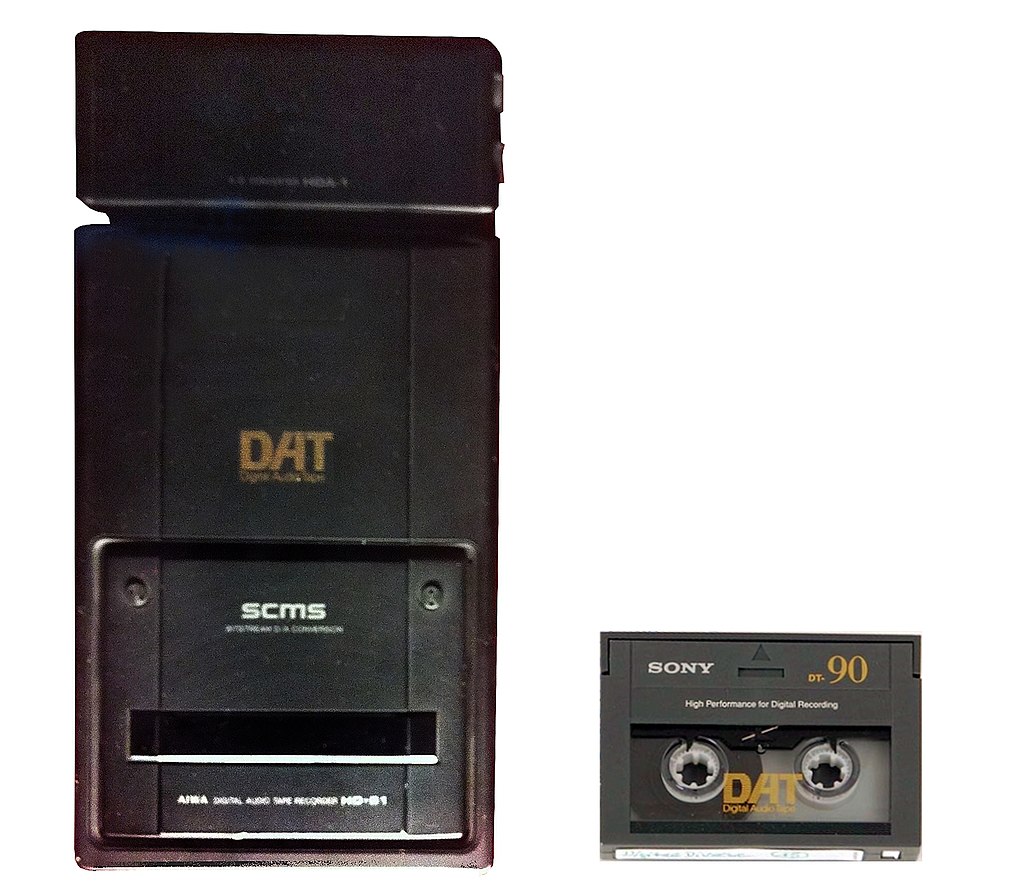 Kippelboy, CC0, via Wikimedia Commons
Kippelboy, CC0, via Wikimedia Commons DAT offered pristine digital sound in a compact format, and it quickly found a home in professional studios. Introduced in the late 1980s and used well into the 1990s, it was hailed as a superior format to both cassette and CD.
However, for consumers, DAT was too expensive and too fiddly. You needed specific equipment, the tapes weren’t widely available, and record companies feared that it would lead to piracy. Eventually, CD burners and MP3s made DAT irrelevant for most users. It hung on in the professional world for a bit, but never made it to the mainstream.
6. Microsoft Bob
 Microsoft, CC BY-SA 4.0
Microsoft, CC BY-SA 4.0 One of the more infamous missteps from Microsoft, Bob was released in 1995 as a friendly, graphical interface meant to make Windows more accessible to beginners. Instead of a desktop, users saw a cartoon house with rooms representing different functions—and a cartoon dog that offered help.
It was widely ridiculed. Critics and users alike found it confusing and infantilising. It also required more power than most PCs had at the time. Though it didn’t last long, Bob paved the way for digital assistants, and its spirit arguably lived on in Clippy—and later, Cortana. Oddly enough, it also played a small part in Microsoft lore: one of its developers was Melinda French, who later married Bill Gates.
7. TV internet boxes
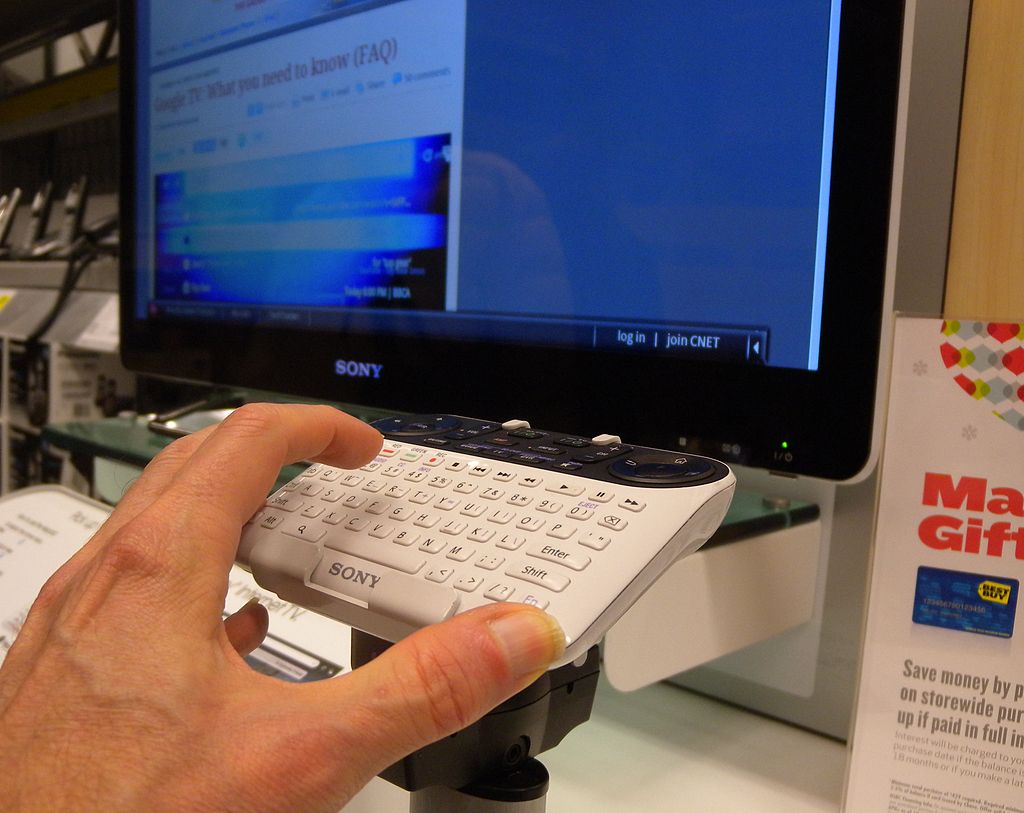 Jim.henderson, CC0, via Wikimedia Commons
Jim.henderson, CC0, via Wikimedia Commons Before the age of smart TVs and streaming sticks, a few companies tried to bring the internet into your living room with set-top boxes. WebTV, launched in 1996, was among the most famous. It let users surf the web and check email using a remote and their TV screen.
It was a clever idea but hamstrung by poor internet speeds, clunky interfaces, and websites that weren’t built for TV resolutions. Typing with a remote control was a chore, and the whole thing felt more like a workaround than a true innovation. While the concept was ahead of its time, the infrastructure simply wasn’t ready.
8. MiniDisc
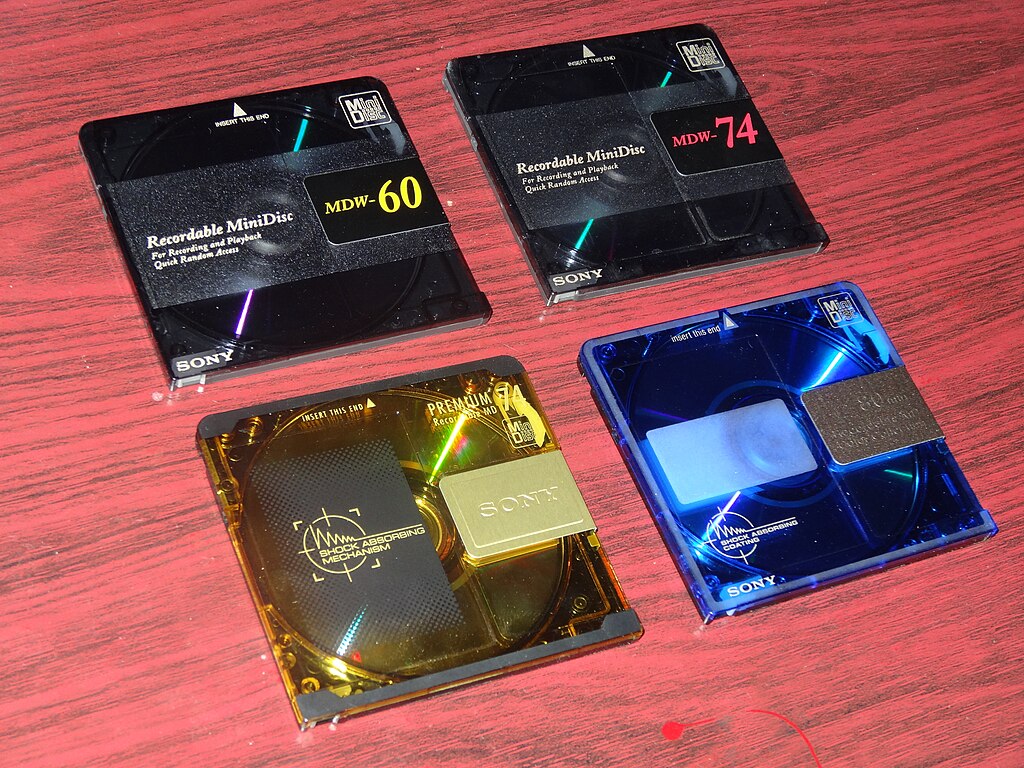 Amp1010, CC BY-SA 3.0, via Wikimedia Commons
Amp1010, CC BY-SA 3.0, via Wikimedia Commons Sony’s MiniDisc format was launched in 1992 as a more flexible, portable alternative to CDs. The discs were rewritable, smaller, and tougher than traditional CDs, and MiniDisc players were sleek and futuristic.
It gained some traction in Japan and among audio enthusiasts, but failed to catch on globally. Part of the problem was timing—CDs were still dominant, and MP3 players were just around the corner. The record labels’ reluctance to embrace new digital formats didn’t help either. Despite its failure in the mainstream, MiniDisc remains a beloved relic for collectors and fans of niche audio tech.
9. Pager watches
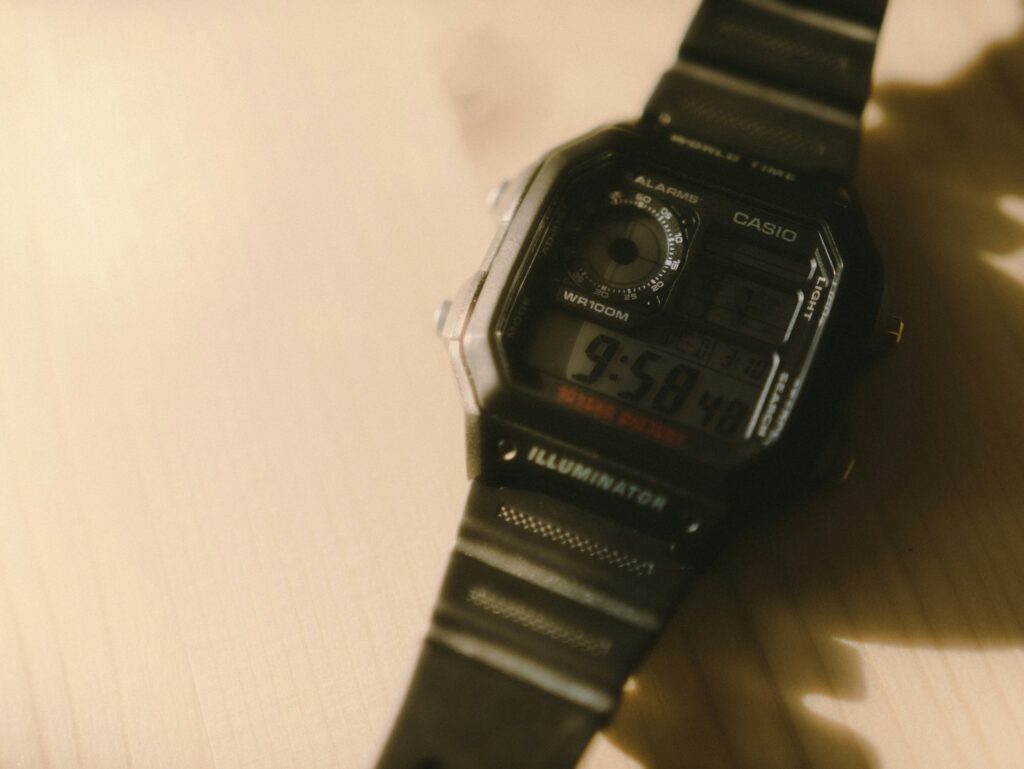 Unsplash/Andrey Novik
Unsplash/Andrey Novik Before text messaging became ubiquitous, pager watches aimed to bring real-time communication to your wrist. Brands like Timex and Motorola released models that could receive numeric messages or even short text updates.
In theory, it was a brilliant step toward wearable communication. In practice, they were hard to use, dependent on regional pager networks, and offered limited functionality. Most people still needed to carry a regular pager or mobile phone alongside them. Though they didn’t take off, they laid early groundwork for the smartwatches we use today.
10. The Iomega Zip Drive
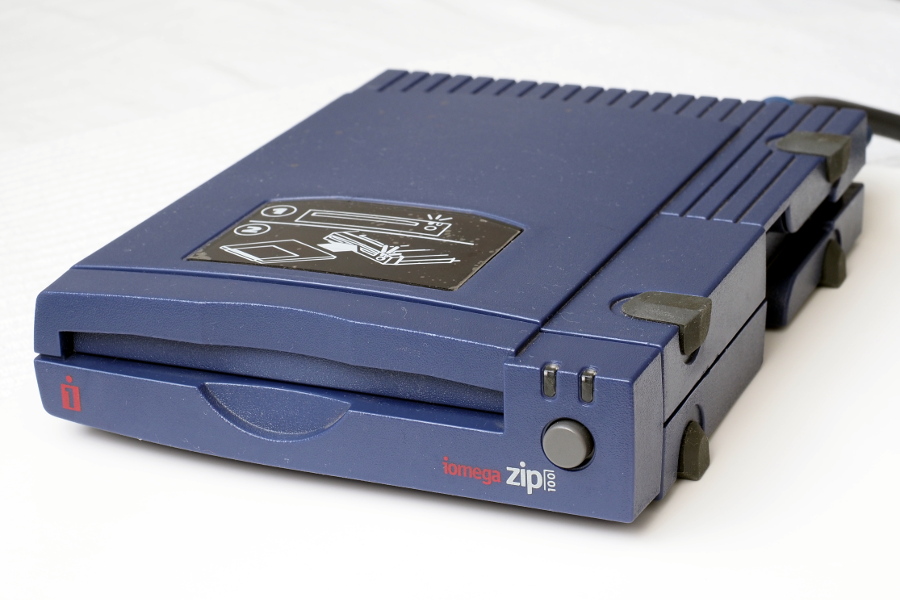 Pedant01, CC BY 3.0
Pedant01, CC BY 3.0 Zip Drives were introduced in 1994 as high-capacity replacements for floppy disks. With up to 250MB of storage, they were a godsend for designers, students, and anyone working with big files.
For a while, they were everywhere—until CD-Rs, USB drives, and cloud storage made them obsolete almost overnight. Making things worse was the infamous “Click of Death,” a failure issue that caused drives to become unusable. Once a promising bridge between old and new storage methods, the Zip Drive quickly became a relic.
11. The Philips CD-i
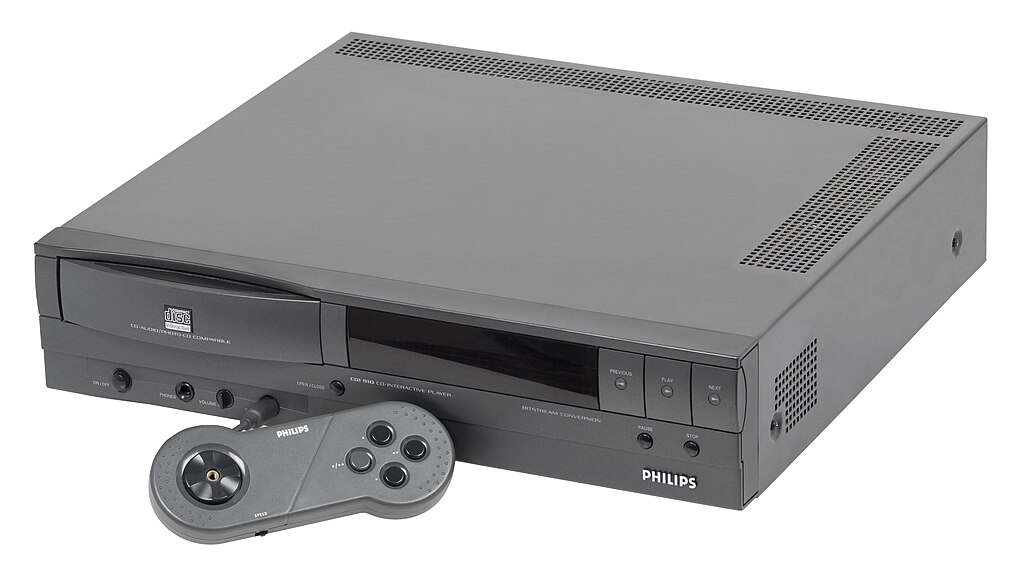 Evan-Amos, Public domain
Evan-Amos, Public domain The CD-i, or Compact Disc Interactive, was Philips’ attempt to create a multimedia home entertainment system. It could play music, games, and educational content. Launched in 1991, it aimed to be an all-in-one platform before the concept had really matured.
It was expensive, poorly marketed, and lacked must-have content. The gaming side was especially mocked, particularly its infamously bad Zelda and Mario spin-offs. The CD-i is now remembered mostly as a cautionary tale about trying to do too much at once.
The 1990s were a thrilling, messy, and experimental era for consumer tech.
Companies pushed boundaries, gambled on ideas, and sometimes got it spectacularly wrong. But these strange products—whether flops or stepping stones—helped shape the devices we rely on today.
Some were simply released too early, others were underpowered, and a few were just misguided. But they all tell us something about what people thought the future might look like—and how unpredictable technological progress really is.
